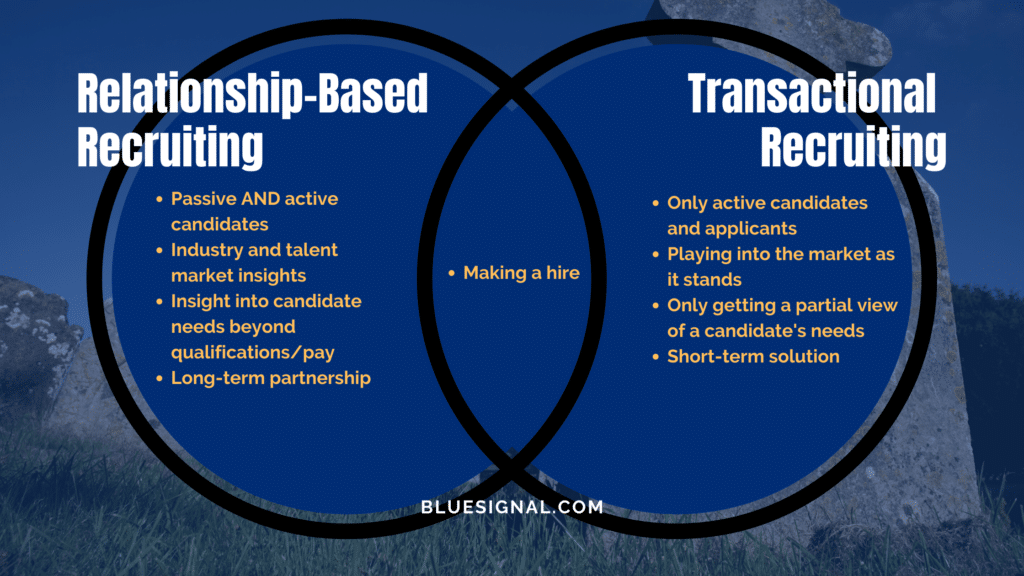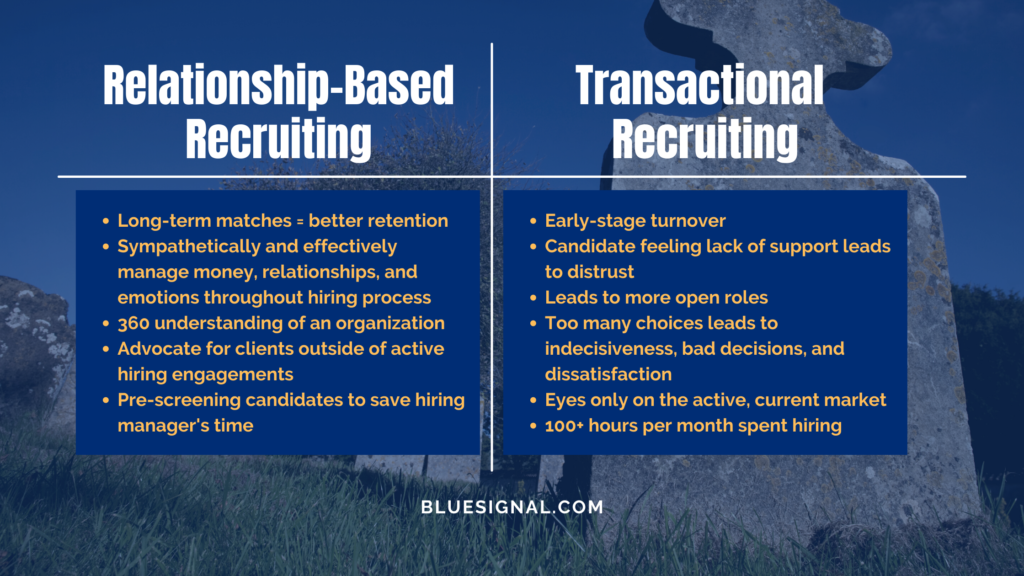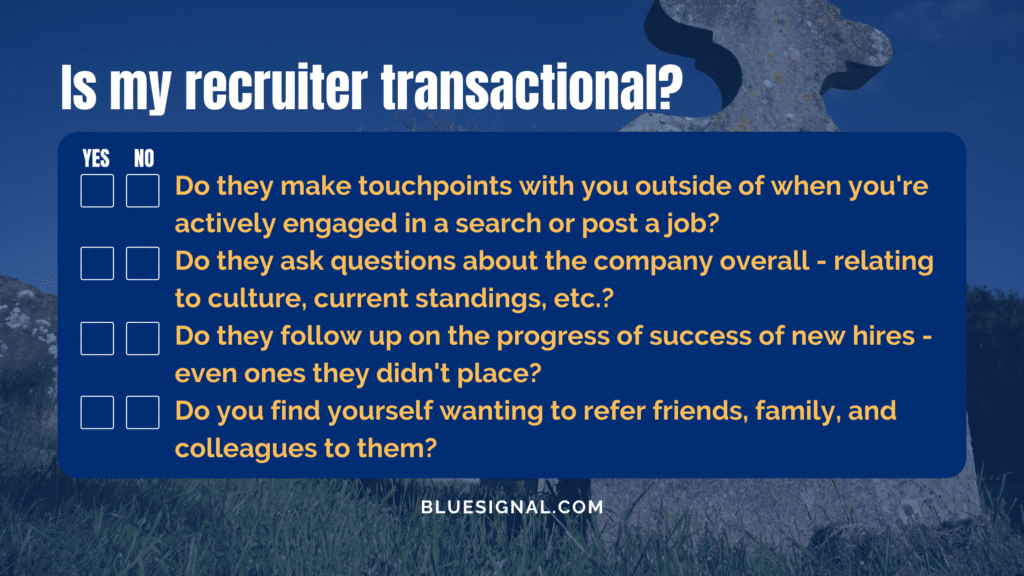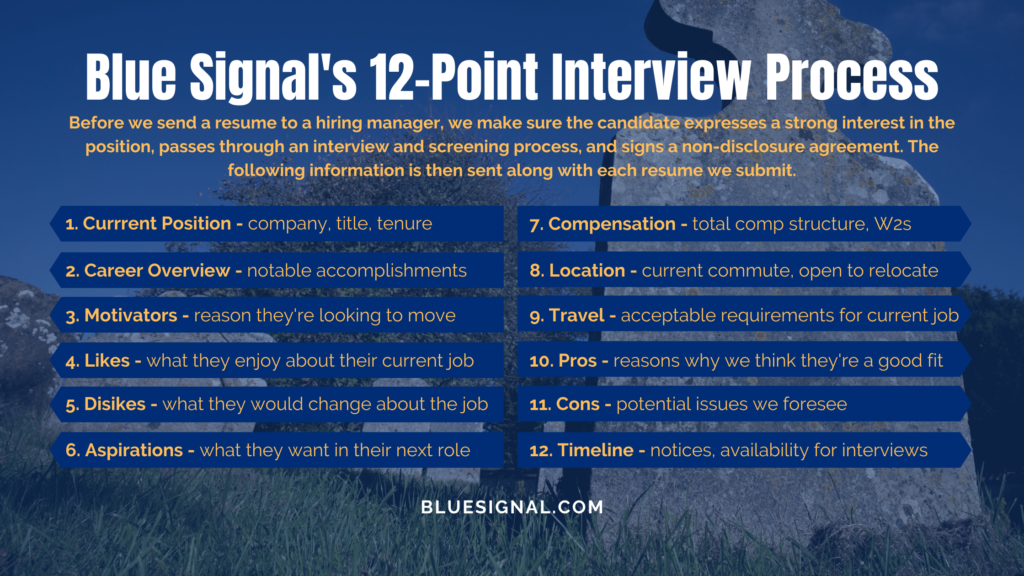Updated research shows that 55% of global businesses offer some capacity for remote work. Since the pandemic, workers have been redefining work/life balance and targeting opportunities with a flexible schedule. It has now become extremely important for companies to loosen the reins on what a typical employee’s work schedule and location look like.
Remote work, hybrid schedules, increased and/or more relaxed PTO options, and unconventional working hours are just a few types of common flexible schedules job seekers are looking for in today’s job market. It’s critical for employers to cater to these common requests and present job opportunities as negotiable when it comes to a flexible schedule. Doing so will also grab the attention of those passive candidates who currently have an ideal flexible schedule, and aren’t looking elsewhere for fear of not having that same flexibility in a new role. For those looking to make a career move but will require an atypical schedule or work environment, we’ve laid out a few ground rules on how to tackle the discussion with your hiring manager. Read on for tips on how to sway the conversation in the right direction and negotiate a flexible schedule during the interview process.

Make a Plan:
The first step in the process is to map out a detailed plan to present to the company and/or hiring manager you’re interviewing with. Start by reflecting on your personal must-haves and differentiating between your nice-to-haves when it comes to the flexible schedule you want. Next, clearly map out how this flexible schedule would work logistically. Be prepared with an answer for all common situations or questions that may arise. When building your case, make sure to gather personal data and specific experiences to share. These will give real-life examples of how and why you’d be successful in this type of flexible schedule. Also, be sure to ask yourself if what you’re proposing makes or breaks whether you accept the role. If a flexible schedule is a “nice-to-have,” be sure you aren’t presenting it as an ultimatum. When drawing up your plan, be sure to compare your request to the insight you gather through past interview discussions. Then prepare for questions/concerns based on those findings.

Prepare to Compromise:
After you process what terms in your work schedule and expectations are must-haves and what are nice-to-haves, start preparing to compromise. In most negotiations, the end result will tend to include some sort of halfway point between both parties. Prepare for what you’re willing to give up so you don’t end up agreeing to terms you aren’t happy with. Though you’ll be hoping your ideal flexible schedule can be achieved, go into the conversation with a few revisions to the proposal in your back pocket. We suggest preparing at least two alternative options to present. These will be useful in case the initial ask is too far off from the company's standard routine/comfort zone. If the employer is skeptical, a great compromise strategy is to suggest an initial trial period. This helps set both parties at ease. It gives you the opportunity to prove your ability by showing how successful you can be working a flexible schedule. With this deal, the employer won’t feel any pressure to commit to a permanent change.

Assess the Situation
Your next step in preparation should be to assess the situation and evaluate who you're negotiating with. Does the company you’re applying for embrace forward-thinking principles that align with a flexible schedule? Or do they encourage the traditional 9 to 5 work schedule? When the floor opens up for you to ask questions, take advantage of diving deeper into this topic. Present strategic questions to be answered that will give you further insight into their working culture and outlook. Questions surrounding what the typical working day looks like, whether you will be given portable equipment/computer, if you’ll be required to access emails outside of the office, as well as what it’s like interacting with team members and cross-functional departments. These questions usually lead to insightful responses from the interviewer that you can dissect.
Another topic that will help you gain further insight is asking about COVID-19 protocol. See how the company handled moving to a remote or flexible schedule. Ask how this may have changed their outlook on work, and the success it may have had for some departments. In most cases, the hiring manager’s facial expressions, tone, and body language will tell the whole story.

Present the Discussion:
Be absolutely sure to only present or mention the discussion around a flexible schedule after you receive an offer letter. This will ensure there is no animosity or negative inclinations when the employer is making their final hiring decision. When presenting your case, clearly map out what the options would look like. Ensure you're communicating your ask in a confident and positive way. Touch on how this flexible schedule will benefit them as an employer and as a company. This will help shift the focus from your personal needs.
As mentioned before, this is the time to use tangible data. Prove how you’ll be successful in an unconventional working environment. With any negotiation, remember to stay practical, not emotional. Leave your ego at the door. Don’t let pushback or skepticism throw your confidence. Keep a level head throughout the discussion and continue working toward a result you’ll both be happy with. In closing, reassure your continued commitment to the company. Share your appreciation for the job offer, and excitement to be successful in the role. Afterward, consider sending a thank you note!

Confirm the Consensus in Writing:
Though we’re sure companies will have the best intentions in mind, it is always important to get the discussion result in writing. You never know what kind of communication can get caught behind the scenes. It’s always best to cover your bases. A great way to do this is to kindly ask them to update the offer letter. Have them include the flexible schedule agreement you came to in your discussion. This protects both you and the company as it will include terms and conditions like initial trial periods and timelines. This will set expectations for progress reports down the line to discuss how it is going. This means no one will be caught off guard when the follow-up discussion is presented. Your manager will also stay diligent in monitoring how your flexible schedule is working throughout that trial time.
The typical working environment of 9 to 5 in the office is quickly becoming a thing of the past. Though it is still possible for a company to reject the idea of working remotely or offering flexible hours. Be prepared for this outcome and, if it happens, don’t get discouraged. This is why mapping out your must-haves early on in the process is important. This will help everyone come to a decision that they’ll be confident in long term. If you’re unable to reach an agreement and a flexible schedule is on your must-have list, it’s most likely not a great fit overall. In the end, the most important thing is to trust your gut. Understand your needs when it comes to choosing your next employer. As always, reach out to Blue Signal for any further guidance on how to facilitate conversations with hiring managers and negotiate terms that are beneficial to both yourself and a potential employer.




